What did the audience do in New York cinemas in the 1940s
Categories: Cinema | North America | Society
By Pictolic https://pictolic.com/article/what-did-the-audience-do-in-new-york-cinemas-in-the-1940s.htmlThese photos were taken with an infrared camera by Arthur Fellig, also known as Weegee. In the early 40s of the XX century, Arthur used an infrared camera to photograph the audience in a barely lit cinema hall: children are scared or fascinated; others laugh; some do not watch the film at all… And although we do not know which pictures could have caused such an ambiguous reaction, many famous films were released in the early 1940s, including Pinocchio (1940), Flash Gordon Conquers the Universe (1940), Citizen Kane (1941) and Casablanca (1942).
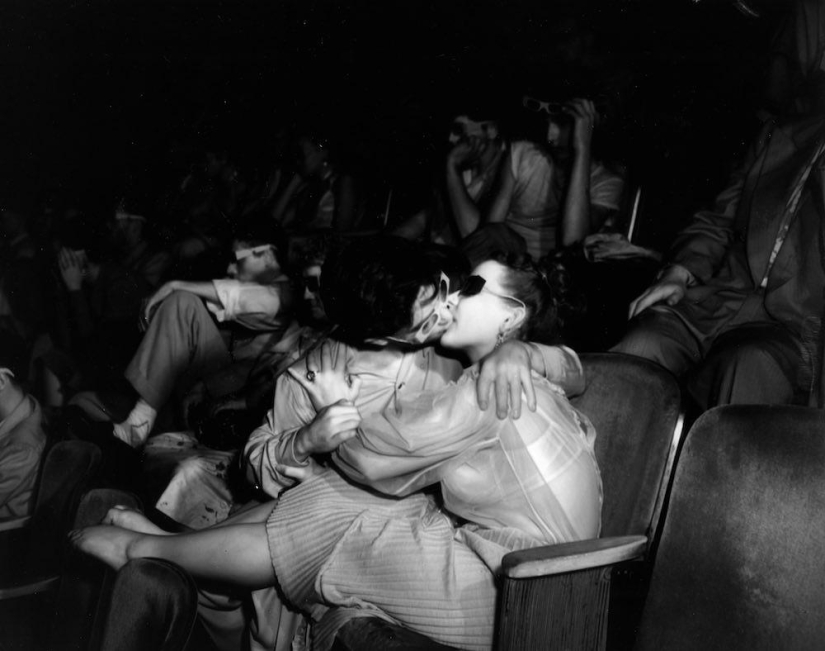
Widgie's real name is Arthur Fellig. He was born in 1889 in the town of Zolochiv, which is now located on the territory of Ukraine, and then was part of the Austrian Empire. In 1909, his parents brought him to New York, where he changed a lot of jobs, including those related to photography, until in 1935 he became a freelance photographer. According to him, he did not wait for someone to offer him a decent job, but created this job himself.
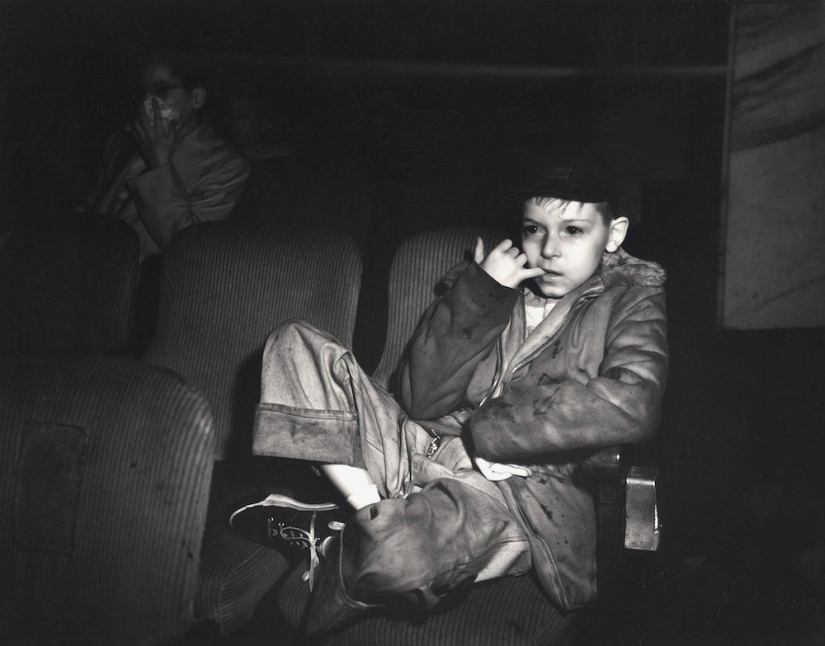
Weegee spent the first two years in the police department, while not having any accreditation. When a message about an incident came to the teletype, he drove there as quickly as possible, arriving at the murder scene before the police, and at the fire before the firefighters. He developed and printed photos right in the trunk of his car.
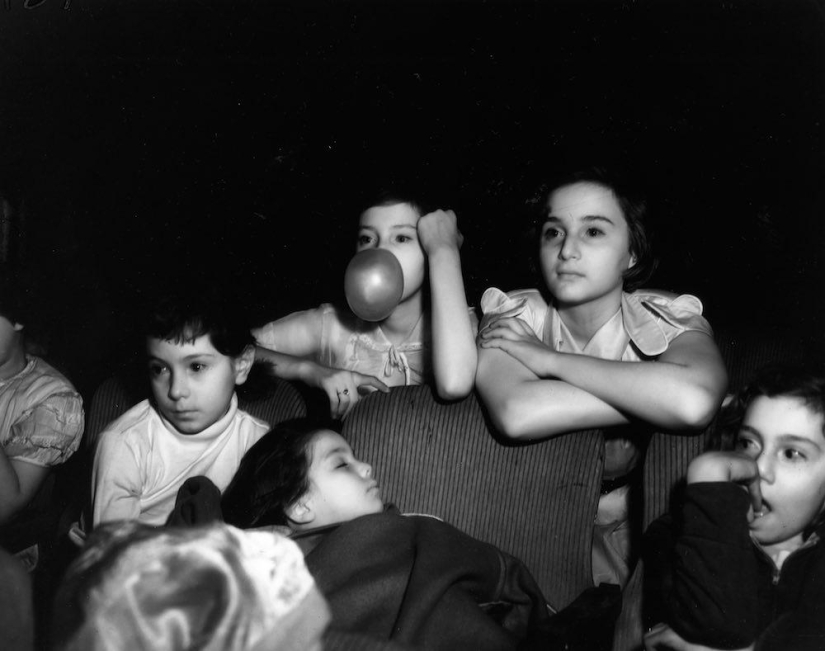
In 1938, he became the only reporter in New York who received permission to use a police radio. Weegee left behind a huge number of photographs, which are unique material that gives an idea of the everyday details of New York life in the 1930s and 1950s. Now Fellig's works are stored in the largest art museums, and the auction value of one picture exceeds $ 1,000.
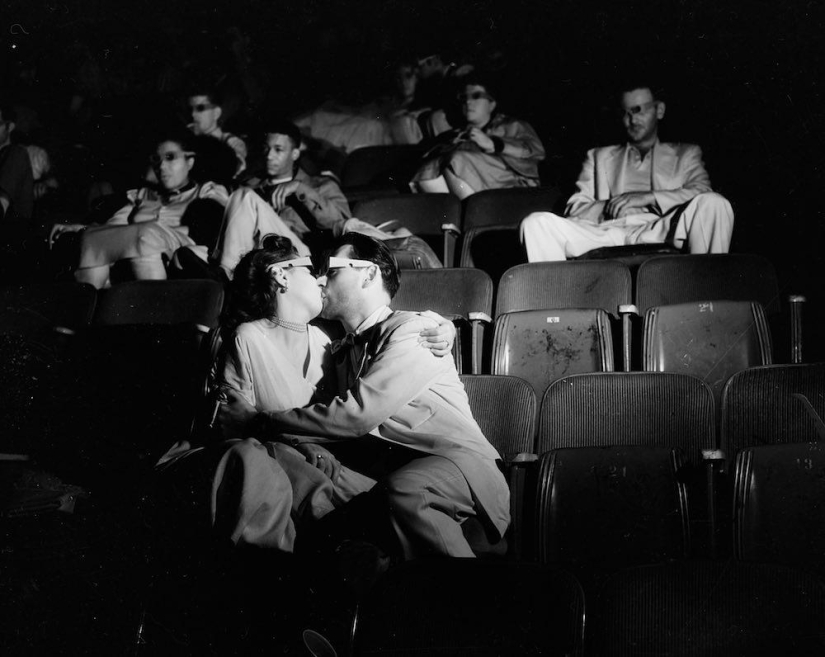
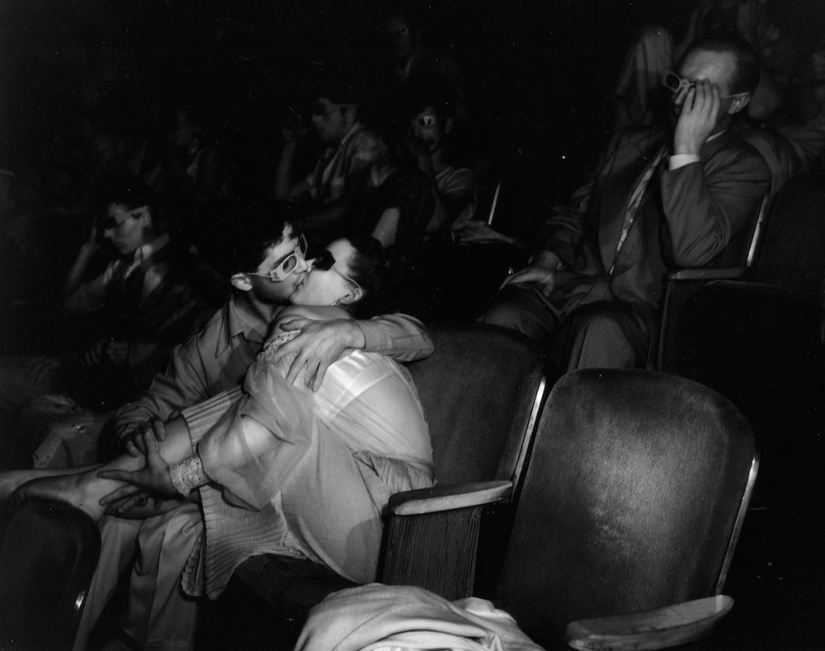
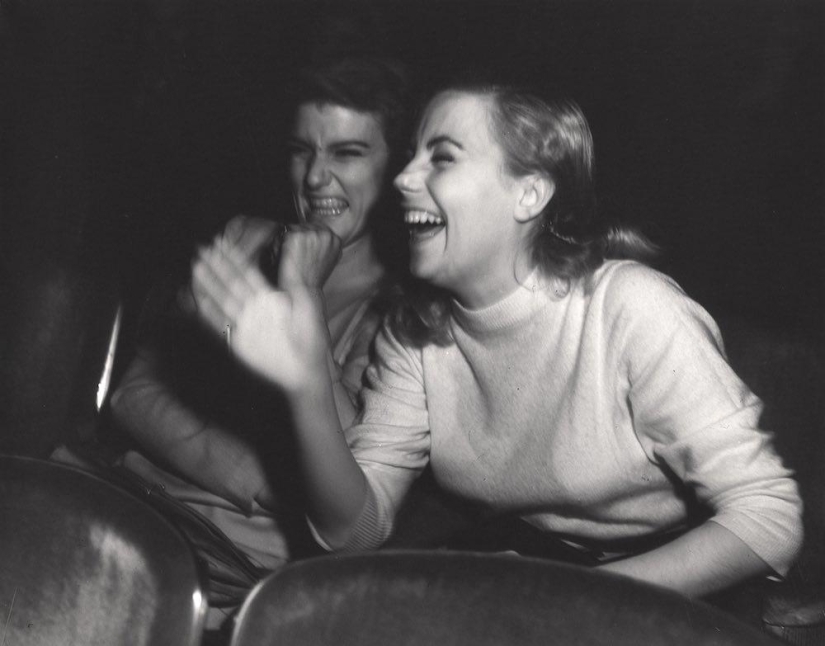
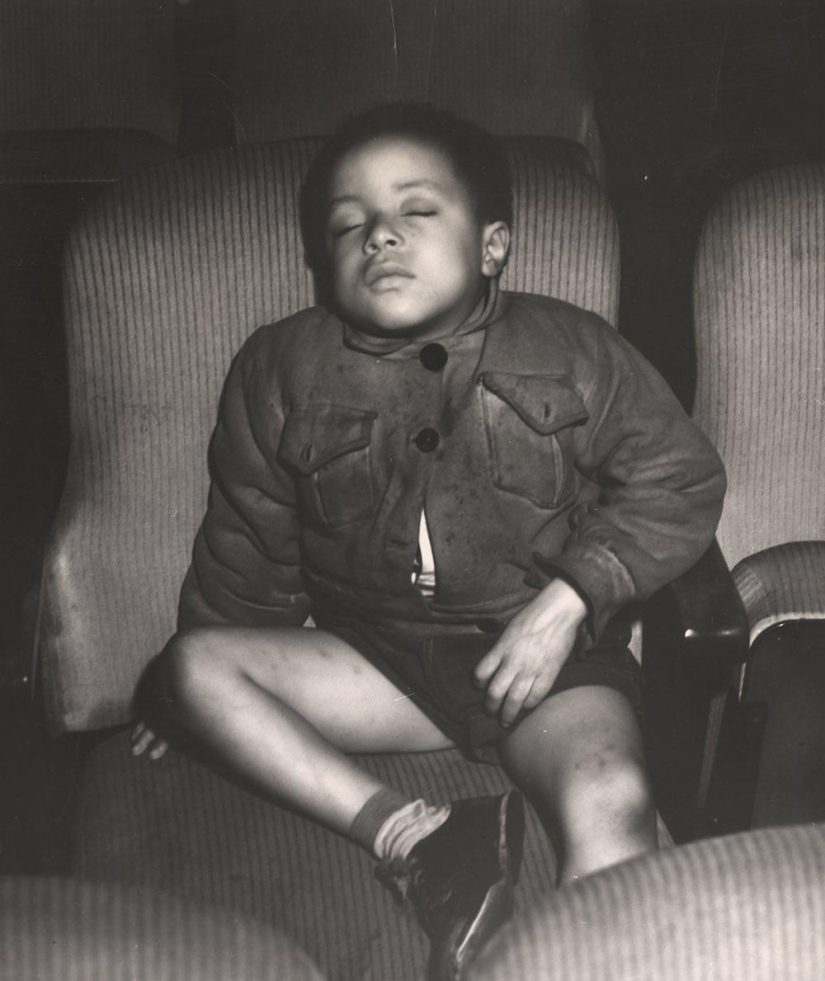
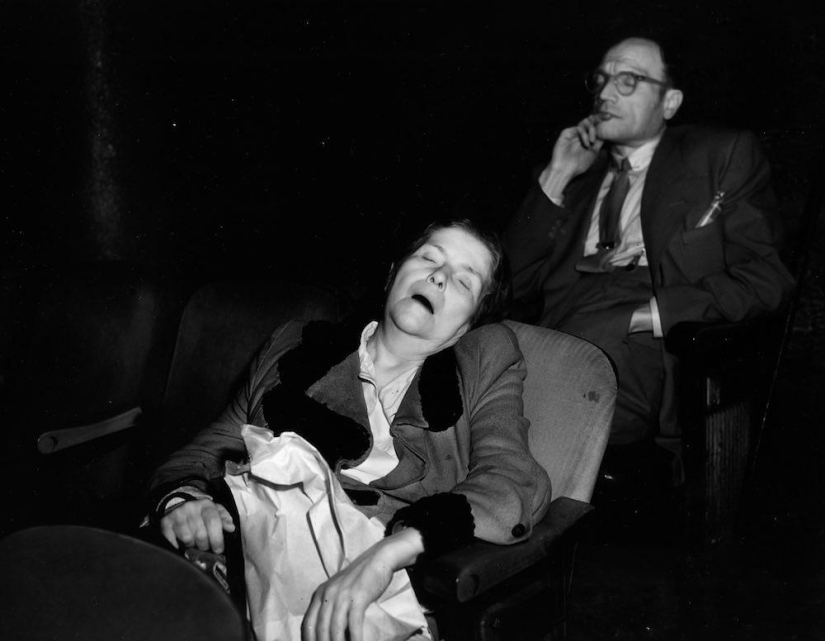
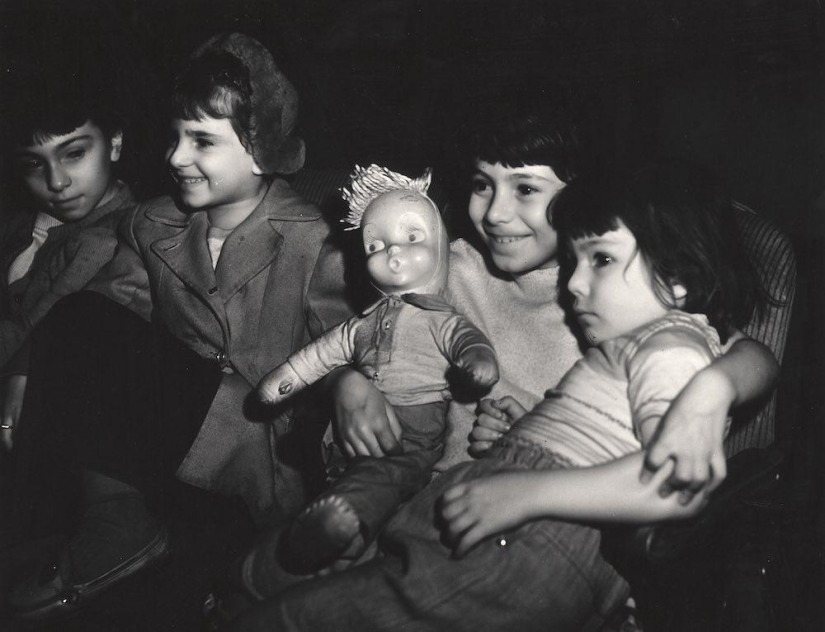
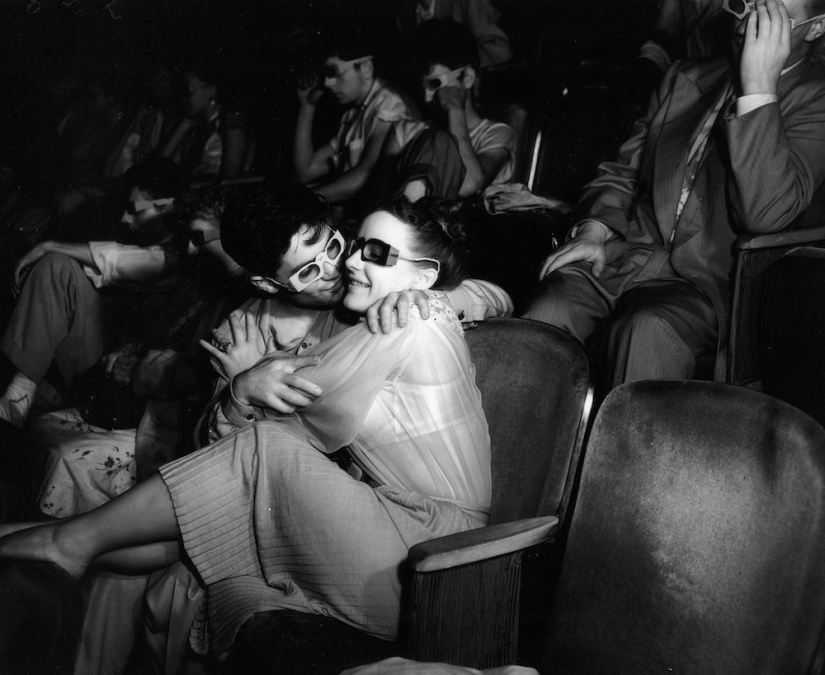
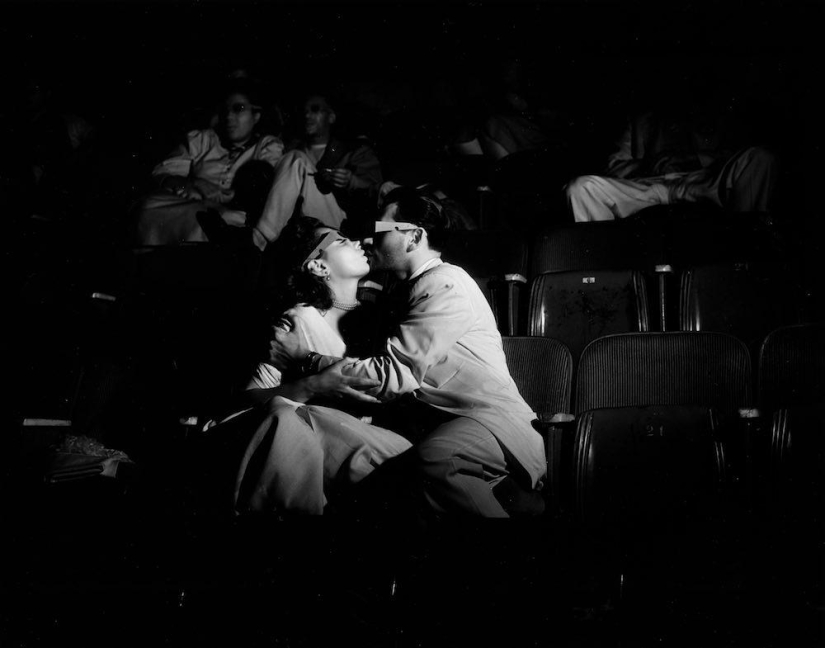
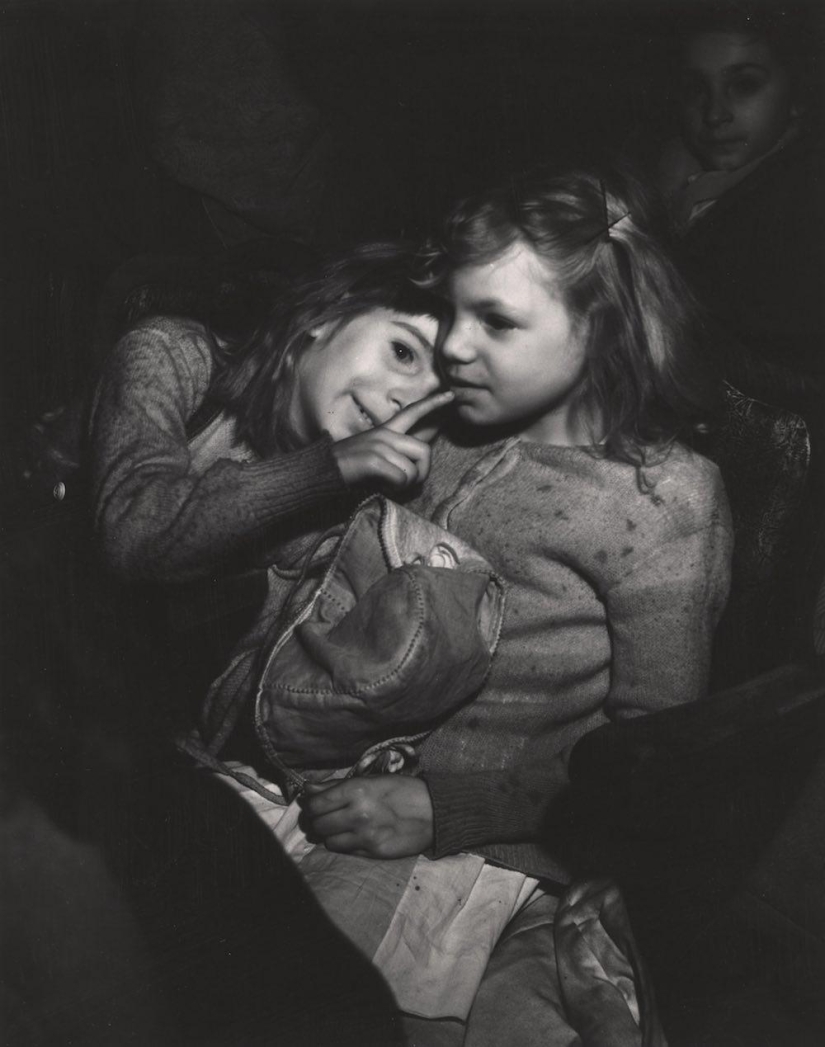
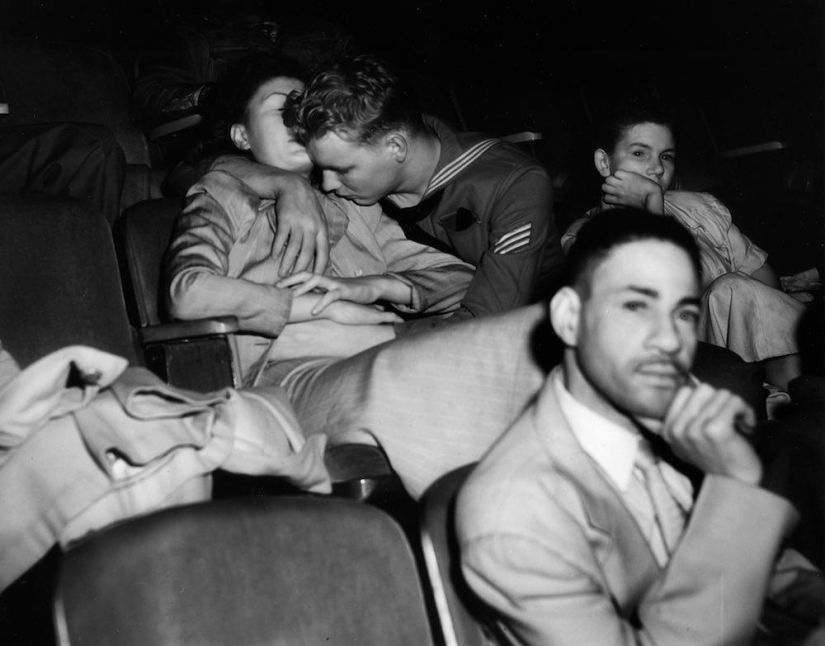
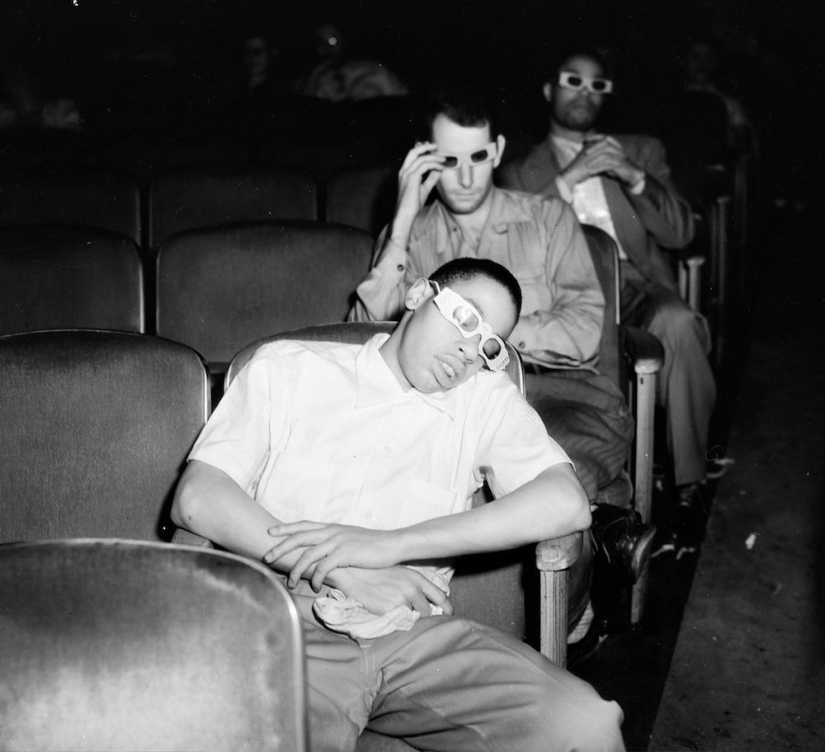
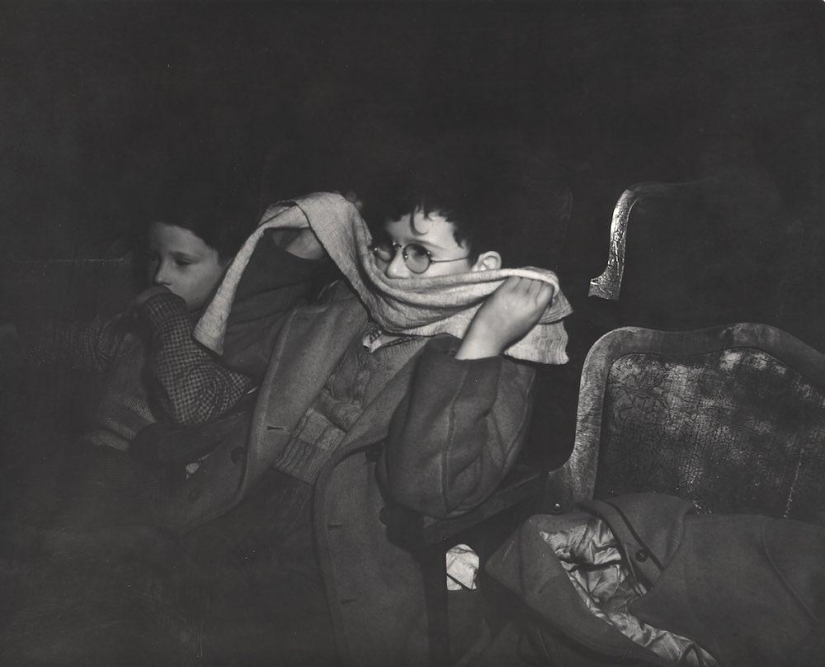
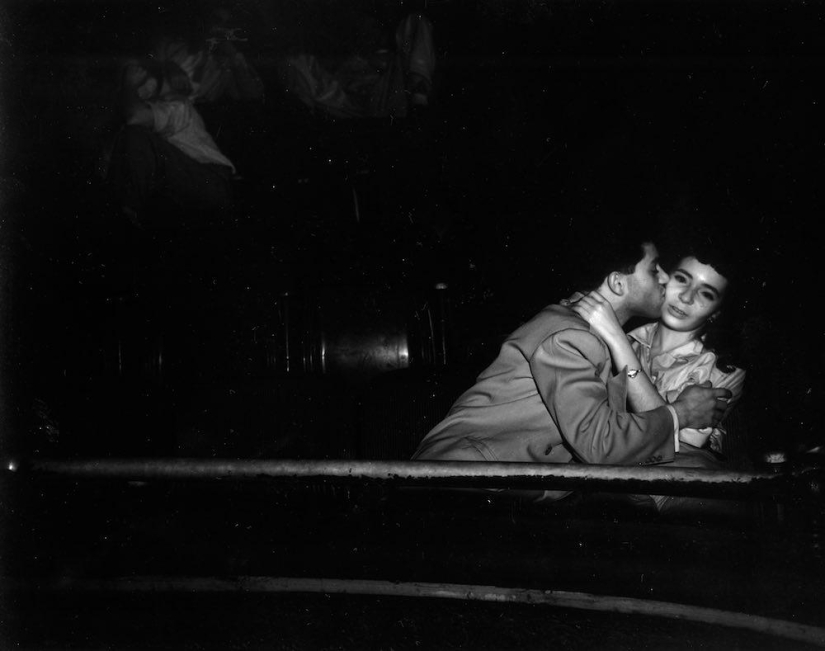
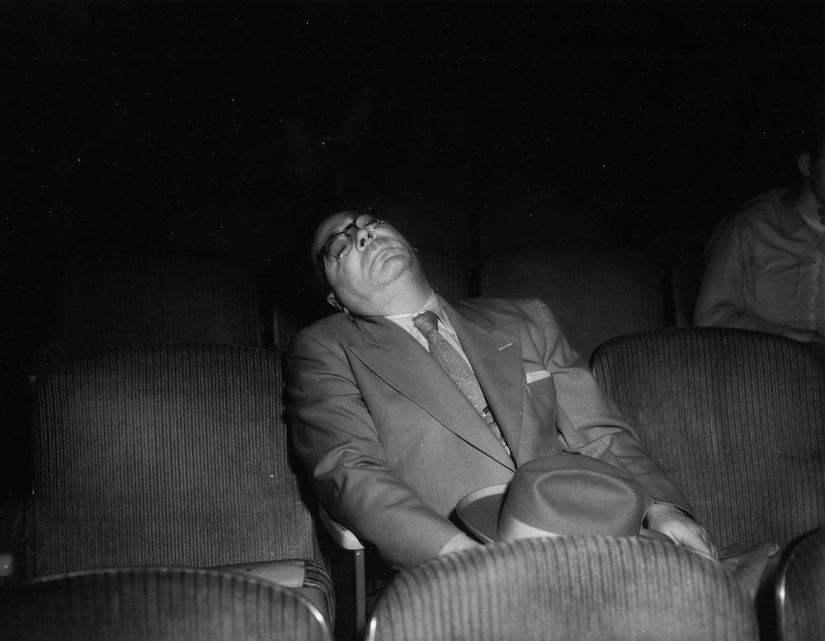
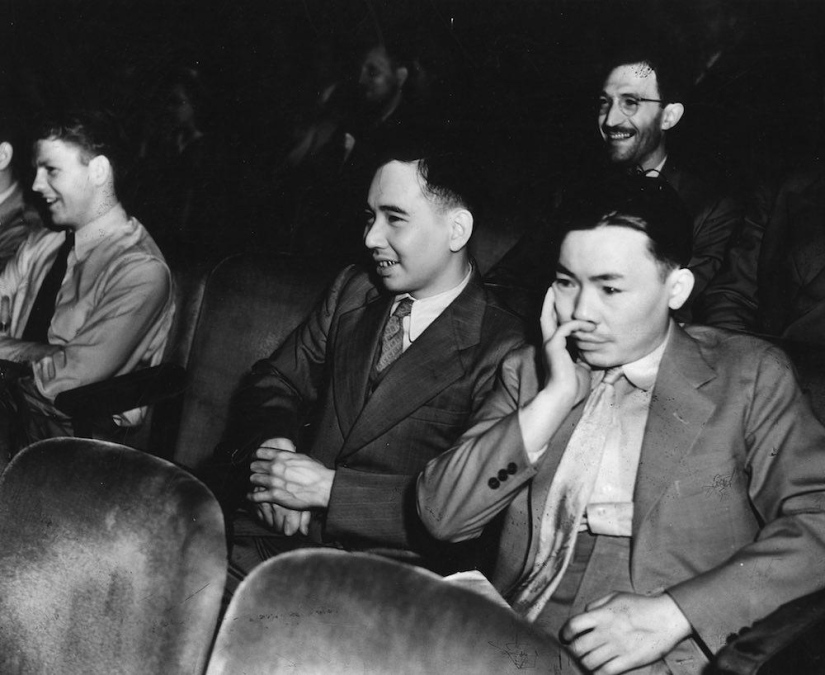
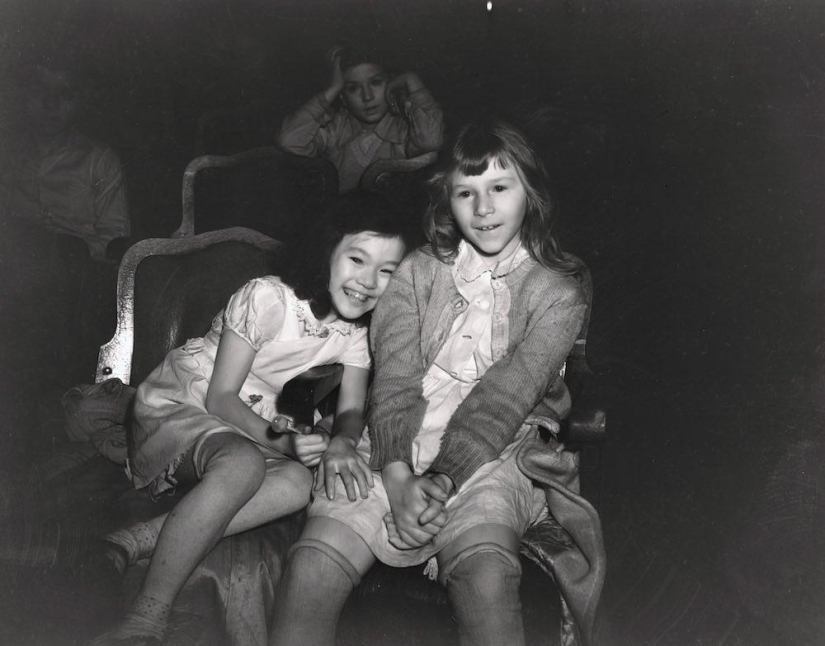
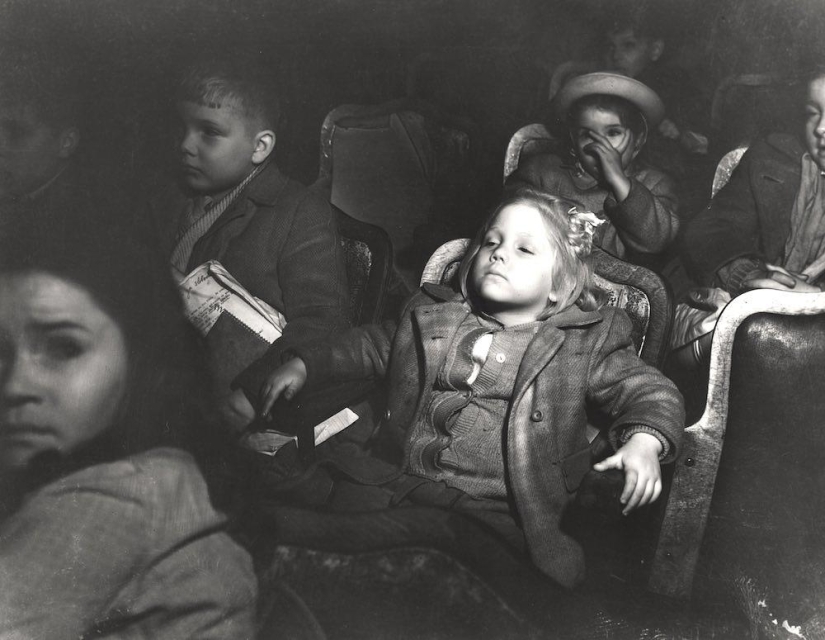
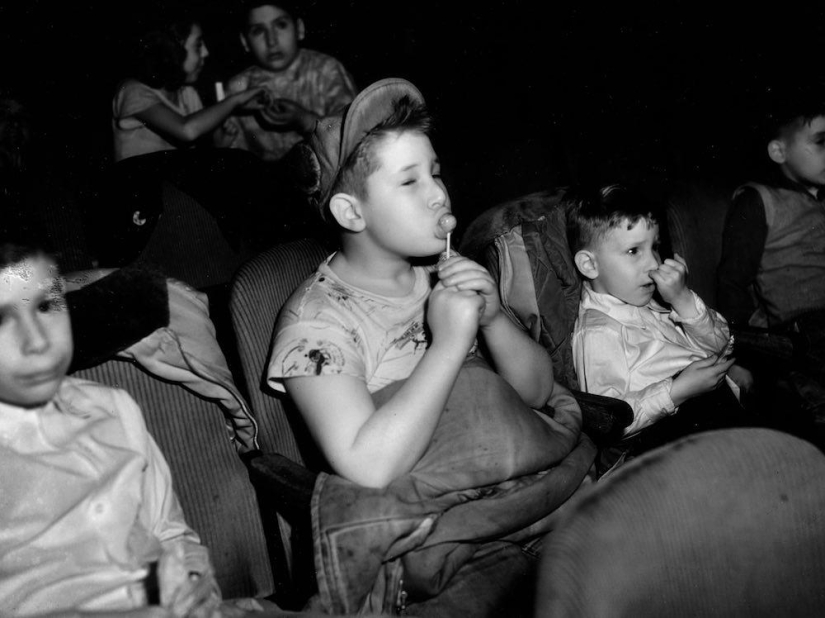
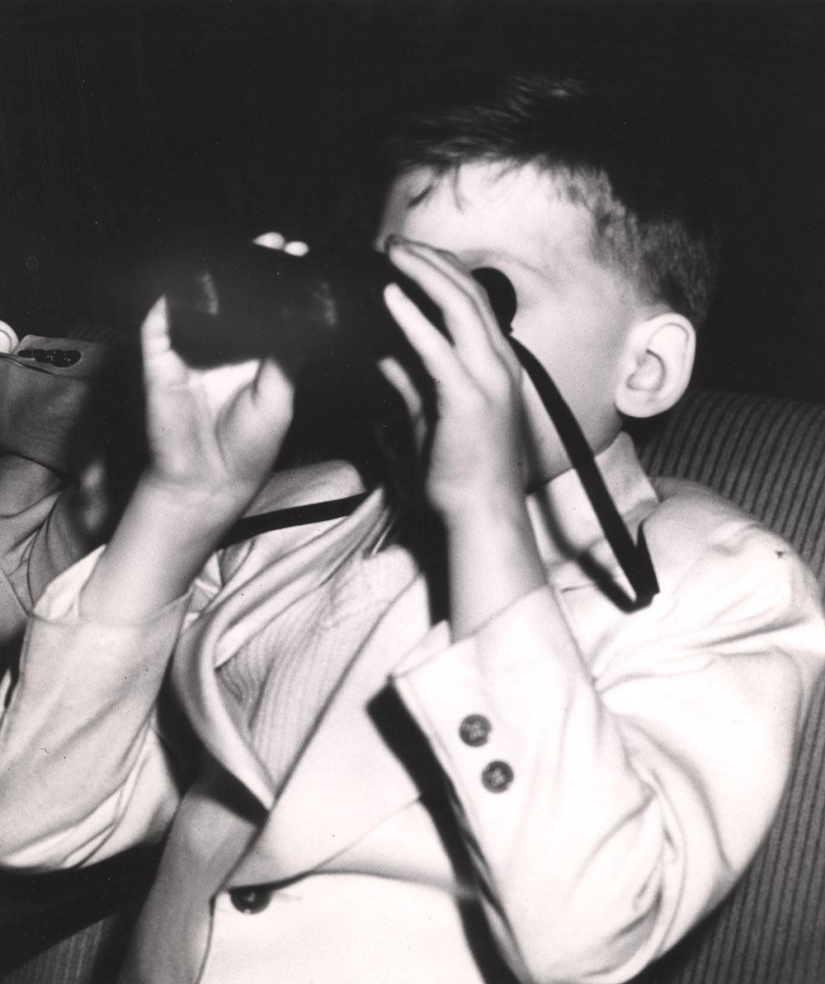
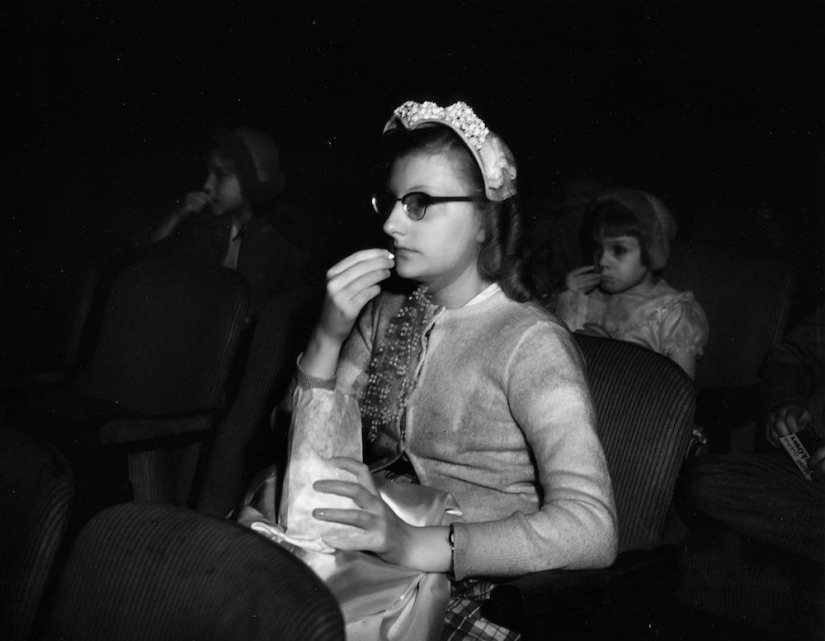
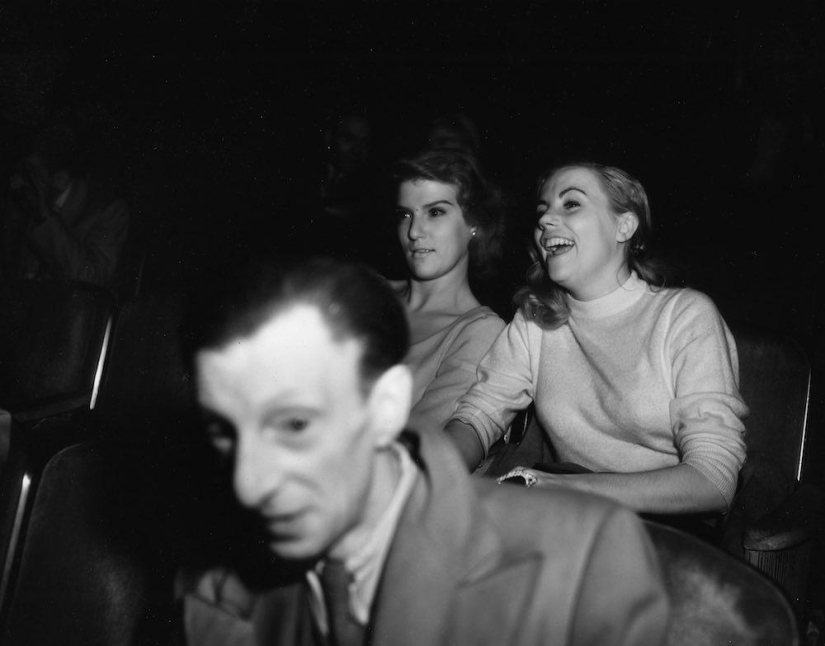
Recent articles

Most of us think that the color of the eggshell does not play any role and it is possible not to pay attention. But it's not and ...

The more we rely on technology, the more potential power hackers gain over us. It doesn't matter if their goal is to help or cause ...

Creating a good portrait is one of the most difficult tasks for any photographer. In order to make a really natural and memorable ...